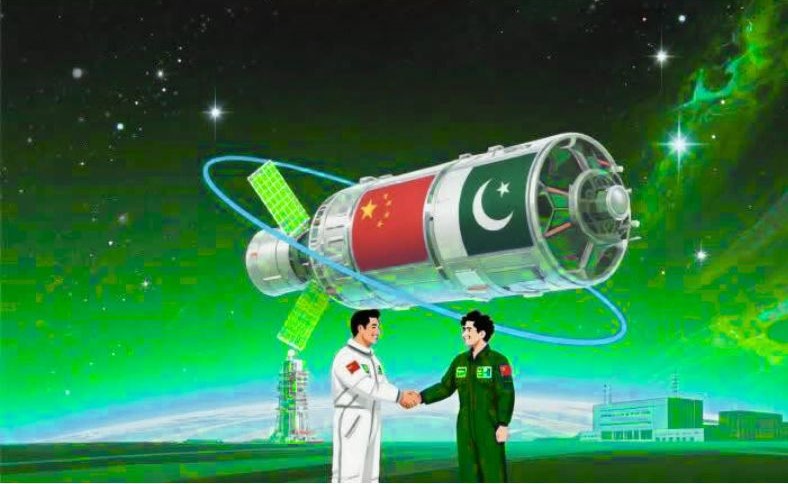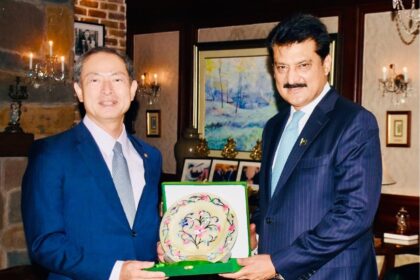China and Pakistan have achieved a significant milestone in their strategic partnership with the successful launch of Pakistan’s remote sensing satellite PRSS-01. The satellite was sent into orbit aboard China’s Kuaizhou-1A launch vehicle from the Xichang Satellite Launch Center, marking a new chapter in bilateral space cooperation that is set to advance technological, economic, and security interests for both nations.
Remote sensing satellites like PRSS-01 are equipped with advanced sensors capable of capturing detailed optical and electronic data about the Earth’s surface and atmosphere. This technology has a wide range of applications, including monitoring weather patterns, managing natural resources, studying marine and environmental conditions, and supporting agriculture. PRSS-01 will deliver precise mapping and analysis of Pakistan and surrounding regions, offering valuable data for national planning, resource management, and the monitoring of urban development.
In the agricultural sector, the satellite’s capabilities will help farmers by monitoring crop health and land use, enabling more efficient land management and potentially boosting agricultural productivity. For urban planners, the accurate satellite data will support more organized expansion and sustainable city growth by providing a scientific basis for development decisions.
The satellite will also play a crucial role in disaster management. Its advanced observation systems can track climate change, glacier movements, and identify areas at risk of natural disasters such as floods, earthquakes, and landslides. These capabilities allow for early warnings, improving the nation’s ability to respond to disasters and reduce human and financial losses—a vital asset for Pakistan given its vulnerability to such events.
Security and defense are other key areas set to benefit from PRSS-01. The satellite can support intelligence gathering, target identification, and battlefield monitoring, providing critical information to military decision-makers. In the context of regional dynamics, especially the complex relationship between Pakistan and India, PRSS-01 narrows the technological gap in space-based intelligence, boosts Pakistan’s defense capabilities, and reinforces its strategic autonomy.
The Kuaizhou-1A launch vehicle, used for this mission, stands out for its unique features. Though smaller and with a lower payload capacity compared to larger rockets, it has a vital role in China’s space program. Designed for quick response and reliable performance, it uses solid fuel for safer and more flexible launches, with a simplified mobile launcher that eliminates the need for complex ground infrastructure. Its low cost, dependability, precise orbital insertion, and rapid deployment make it ideal for urgent and large-scale satellite launches.
This successful satellite launch reflects the deep trust and enduring partnership between China and Pakistan. It exemplifies their strong collaboration in advanced fields such as space technology and defense security, underpinned by shared strategic interests. Pakistan’s decision to partner with China on this high-tech mission illustrates the level of confidence and the strengthening of the all-weather strategic cooperation framework between the two nations.
On the international stage, China’s support in launching Pakistan’s satellite promotes the sharing of space resources, making advanced technology more accessible to developing countries. This cooperation contributes to building a fairer and more inclusive global space order by providing a model for international collaboration in space exploration and technology.
The successful deployment of PRSS-01 marks a new era in China-Pakistan space cooperation, paving the way for future collaboration across a wide range of sectors. This partnership not only promises increased prosperity for both nations but also offers significant contributions to regional stability and global development.











